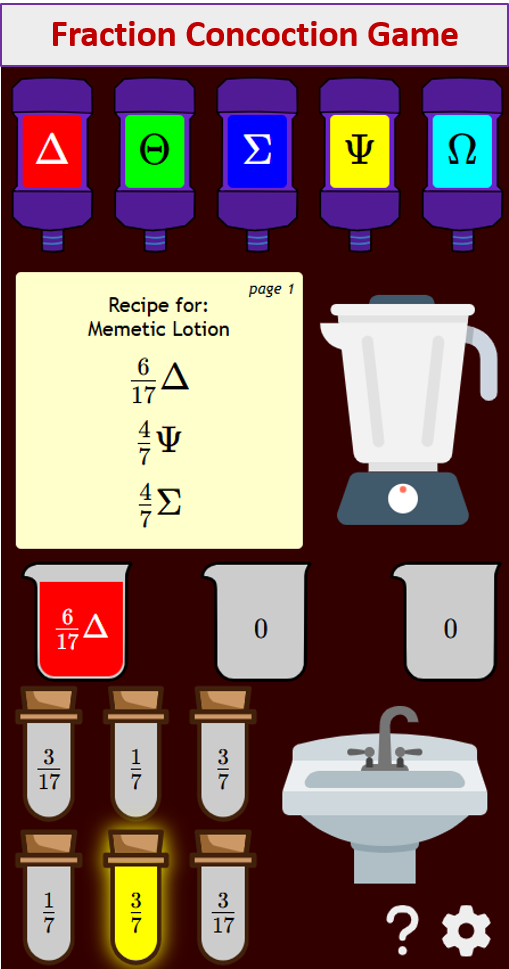

Relative Frequency
Related Topics;
More GCSE Maths Lessons
More Probability Lessons
Probability Worksheets
Probability Games
Videos, examples and solutions to help GCSE Maths students learn about relative frequency and probability.
Relative frequency is the number of times something happens divided by the number of total outcomes. We can use relative frequency to estimate probability.
Relative Frequency
GCSE Module 1 Topic 07
Example:
An ordinary 6-sided dice is repeatedly thrown 10 times. The number of sixes are counted for each set of ten throws.
a) Complete the relative frequency table
b) Complete the relative frequency graph
c) Does the results suggest that the dice is biased towards the number six?
Relative Frequency and experimental probability (GCSE Maths)
Example:
1. Twenty pupils each shuffle a pack of coloured cards and choose a card at random.
The colour of the card is recorded for each pupil.
(a) Use these results to calculate the relative frequency of each colour.
(b) Use the results to calculate how many times you would expect a blue card if 100 pupils each choose a card at random.
2. Kali has a spinner with coloured sections of equal size.
She wants to know the probability that her spinner lands on pink.
She spins it 100 times and calculates the relative frequency of pink every 10 spins.
Her results are shown on the graph.
a) Using the graph to calculate the number of times that the spinner landed on pink
i) after the first 10 spins,
ii) after the first 50 spins.
b) From the graph, estimate the probability of the spinner landing on pink.
Relative frequency
Example:
A dice is suspected of bias. Here are the results of 20 throw.
a) Use the results to calculate the relative frequency of each score.
b) Use the relative frequency to calculate how many times you would expect to score 3 in 60 throws of the die.
c) Compare your answer to part b) with the number you would expect 3 in 60 throws of a fair dice.
Relative Frequency Probability
There are three ways to make a probability statement.
1) Theoretical Probability
2) Experimental Probability (relative frequency probability)
3) Subjective Probability
Example:
Consider the frequency distribution for a sample of patients in an orthopedic clinic.
Chance experiment: A receptionist notes the height of the next person that enters the clinic.
Let E be the event of observing a patient in the 5'6" ≤ h ≤ 6'0" height interval.
What is P(E)?
Relative Frequency
How to work out relative frequency?
Relative Frequency and Probability
Explore the relationship between Relative Frequency and Probability.



More GCSE Maths Lessons
More Probability Lessons
Probability Worksheets
Probability Games
Videos, examples and solutions to help GCSE Maths students learn about relative frequency and probability.
Relative frequency is the number of times something happens divided by the number of total outcomes. We can use relative frequency to estimate probability.
Relative Frequency
GCSE Module 1 Topic 07
Example:
An ordinary 6-sided dice is repeatedly thrown 10 times. The number of sixes are counted for each set of ten throws.
a) Complete the relative frequency table
b) Complete the relative frequency graph
c) Does the results suggest that the dice is biased towards the number six?
Relative Frequency and experimental probability (GCSE Maths)
Example:
1. Twenty pupils each shuffle a pack of coloured cards and choose a card at random.
The colour of the card is recorded for each pupil.
(a) Use these results to calculate the relative frequency of each colour.
(b) Use the results to calculate how many times you would expect a blue card if 100 pupils each choose a card at random.
2. Kali has a spinner with coloured sections of equal size.
She wants to know the probability that her spinner lands on pink.
She spins it 100 times and calculates the relative frequency of pink every 10 spins.
Her results are shown on the graph.
a) Using the graph to calculate the number of times that the spinner landed on pink
i) after the first 10 spins,
ii) after the first 50 spins.
b) From the graph, estimate the probability of the spinner landing on pink.
Relative frequency
Example:
A dice is suspected of bias. Here are the results of 20 throw.
a) Use the results to calculate the relative frequency of each score.
b) Use the relative frequency to calculate how many times you would expect to score 3 in 60 throws of the die.
c) Compare your answer to part b) with the number you would expect 3 in 60 throws of a fair dice.
There are three ways to make a probability statement.
1) Theoretical Probability
2) Experimental Probability (relative frequency probability)
3) Subjective Probability
Example:
Consider the frequency distribution for a sample of patients in an orthopedic clinic.
Chance experiment: A receptionist notes the height of the next person that enters the clinic.
Let E be the event of observing a patient in the 5'6" ≤ h ≤ 6'0" height interval.
What is P(E)?
Relative Frequency
How to work out relative frequency?
Relative Frequency and Probability
Explore the relationship between Relative Frequency and Probability.
Try out our new and fun Fraction Concoction Game.
Add and subtract fractions to make exciting fraction concoctions following a recipe. There are four levels of difficulty: Easy, medium, hard and insane. Practice the basics of fraction addition and subtraction or challenge yourself with the insane level.



We welcome your feedback, comments and questions about this site or page. Please submit your feedback or enquiries via our Feedback page.